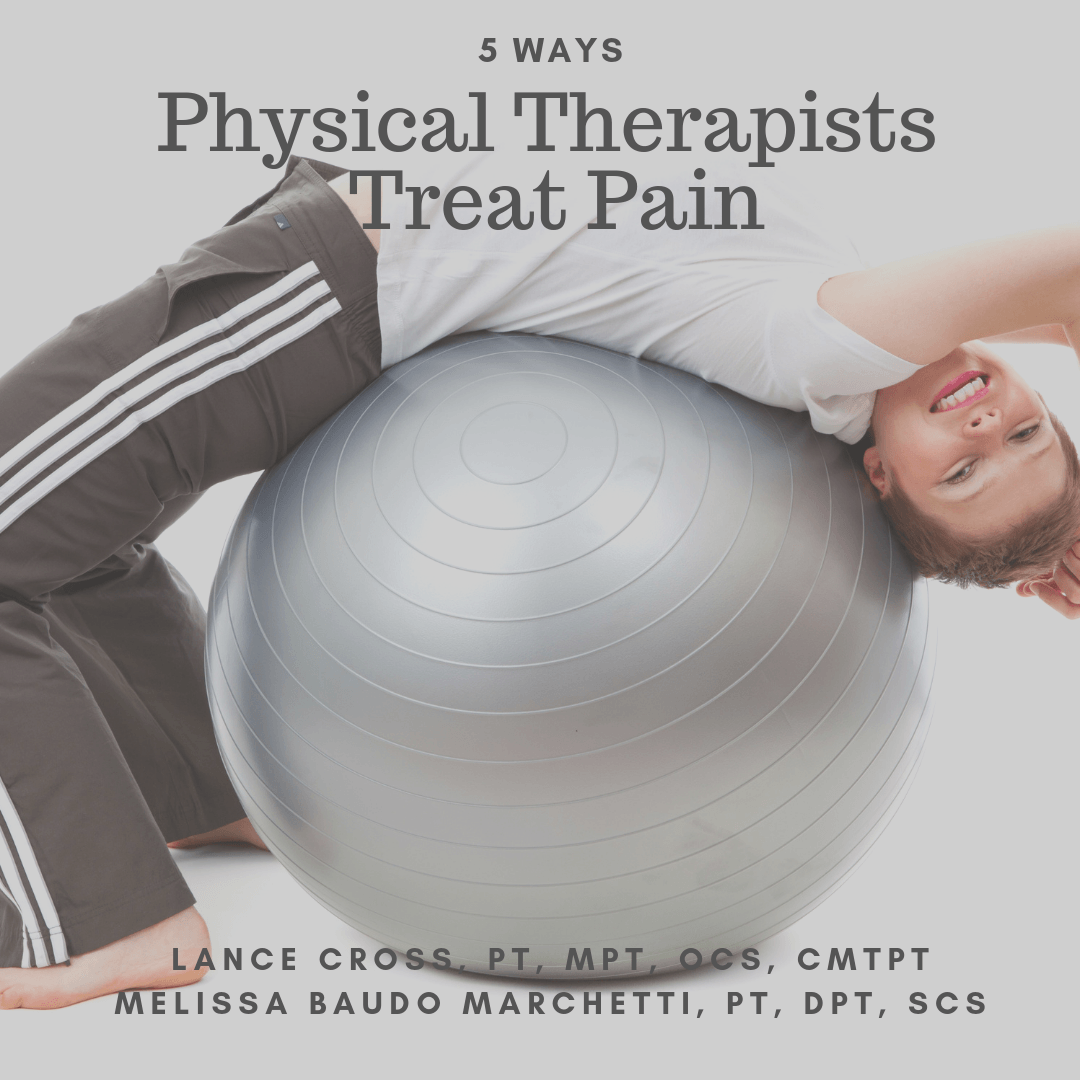Comprehensive Guide to Cervical Dystonia Treatment
Cervical Dystonia Treatment, Symptoms, and Specialist Care This article will explore cervical dystonia treatment, symptoms, various treatment approaches, the role of physical therapy, and other therapies designed to improve quality of life for patients. Cervical dystonia, also known as spasmodic torticollis, is a chronic neurological disorder characterized by abnormal, involuntary contractions of the neck and shoulder muscles. These muscle spasms result in painful, involuntary movements and twisting of the head. Living with cervical dystonia can severely affect a person's ability [...]



